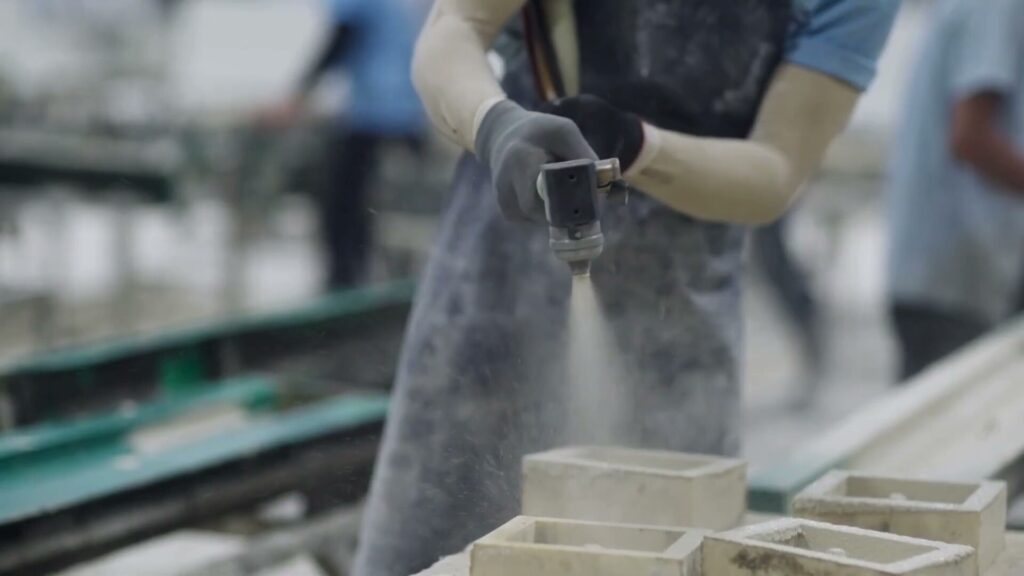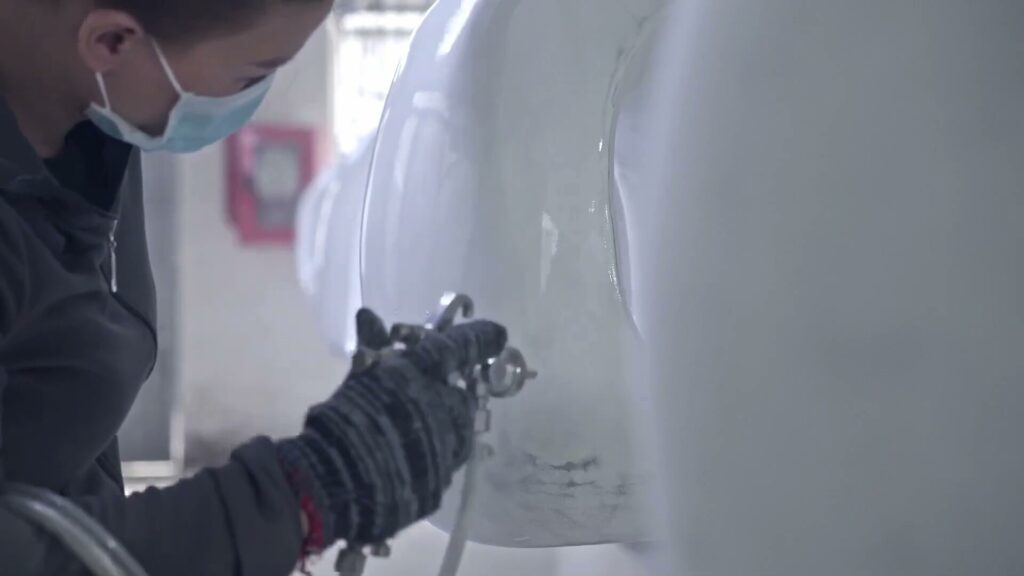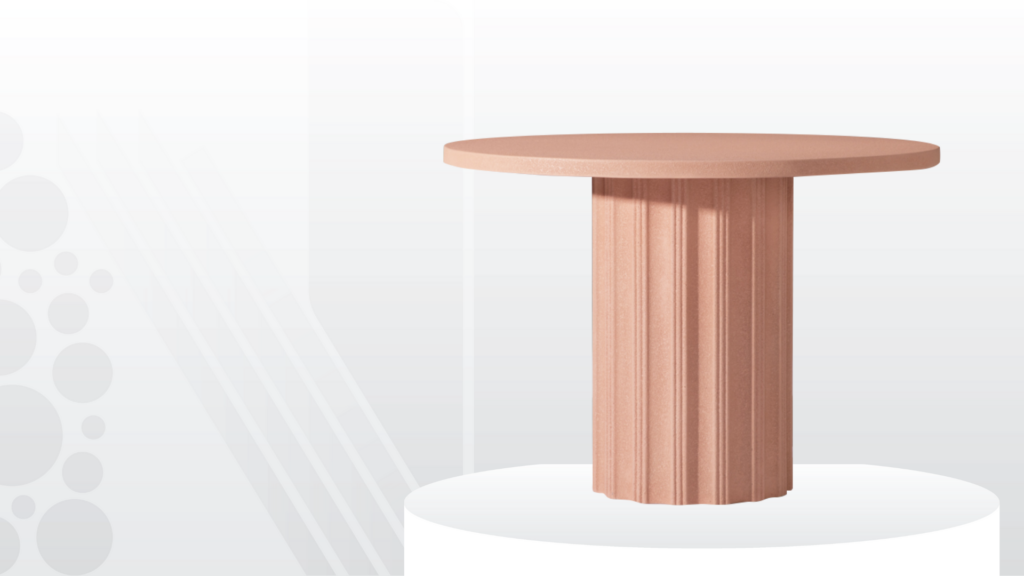When we think of furniture, traditional materials like wood, metal, and upholstery often come to mind. However, a quiet revolution is underway in the world of interior design and manufacturing, driven by fiber-reinforced materials. These innovative composites—blending strong fibers with versatile matrices—are transforming how furniture is made, offering a blend of aesthetics, strength, and sustainability that’s hard to match. Let’s explore how fiber-reinforced materials are reshaping the furniture industry.
Fiber-reinforced materials, or composites, combine a reinforcing fiber (such as carbon, glass, or natural fibers like hemp) with a matrix (typically a polymer like epoxy or resin). This combination yields a material that’s lightweight yet robust, customizable yet durable—qualities that make it a perfect fit for modern furniture design.
Unlike wood, which can warp or rot, or metal, which can rust, fiber-reinforced composites resist environmental wear while maintaining structural integrity. They also allow for intricate shapes and finishes that would be difficult or costly to achieve with traditional materials. Add in their potential for sustainability, and it’s no surprise that designers and manufacturers are taking notice.
The furniture world is already seeing standout applications. Italian design firm Kartell has experimented with carbon fiber in chairs like the “Piuma,” one of the lightest seats on the market at just 2.2 kilograms, yet strong enough for daily use. Meanwhile, brands like EcoFurn use natural fiber composites to craft sustainable outdoor furniture that blends rustic charm with modern resilience.
High-end designers are also embracing composites for bespoke pieces. A carbon fiber dining table by McLaren’s design team, for instance, showcases the material’s sleek, motorsport-inspired look while proving its practicality in home settings.
While the potential is vast, fiber-reinforced furniture isn’t without its hurdles. Production costs, especially for carbon fiber, can make these pieces pricier than mass-market alternatives, limiting them to premium segments for now. Manufacturing also requires specialized equipment and expertise, which can slow scaling. And though recycling options are improving, traditional composites can still pose end-of-life disposal challenges—though natural fiber options are closing this gap.
As technology advances, expect fiber-reinforced materials to become even more prominent in furniture. Innovations like 3D printing could lower costs and unlock new shapes, while research into biodegradable matrices promises fully sustainable composites. Designers are also likely to push boundaries further, blending functionality with avant-garde style to create furniture that’s as much a conversation starter as it is a seat.
Fiber-reinforced materials are more than just a trend—they’re a transformative force in furniture production. By marrying strength, lightness, and versatility, they offer solutions that traditional materials struggle to match. Whether it’s a carbon fiber chair that redefines elegance or a hemp-reinforced shelf that champions sustainability, these composites are proving that the future of furniture is as innovative as it is beautiful. So, next time you sit down or set a table, consider this: the cutting edge of design might just be supporting you.


